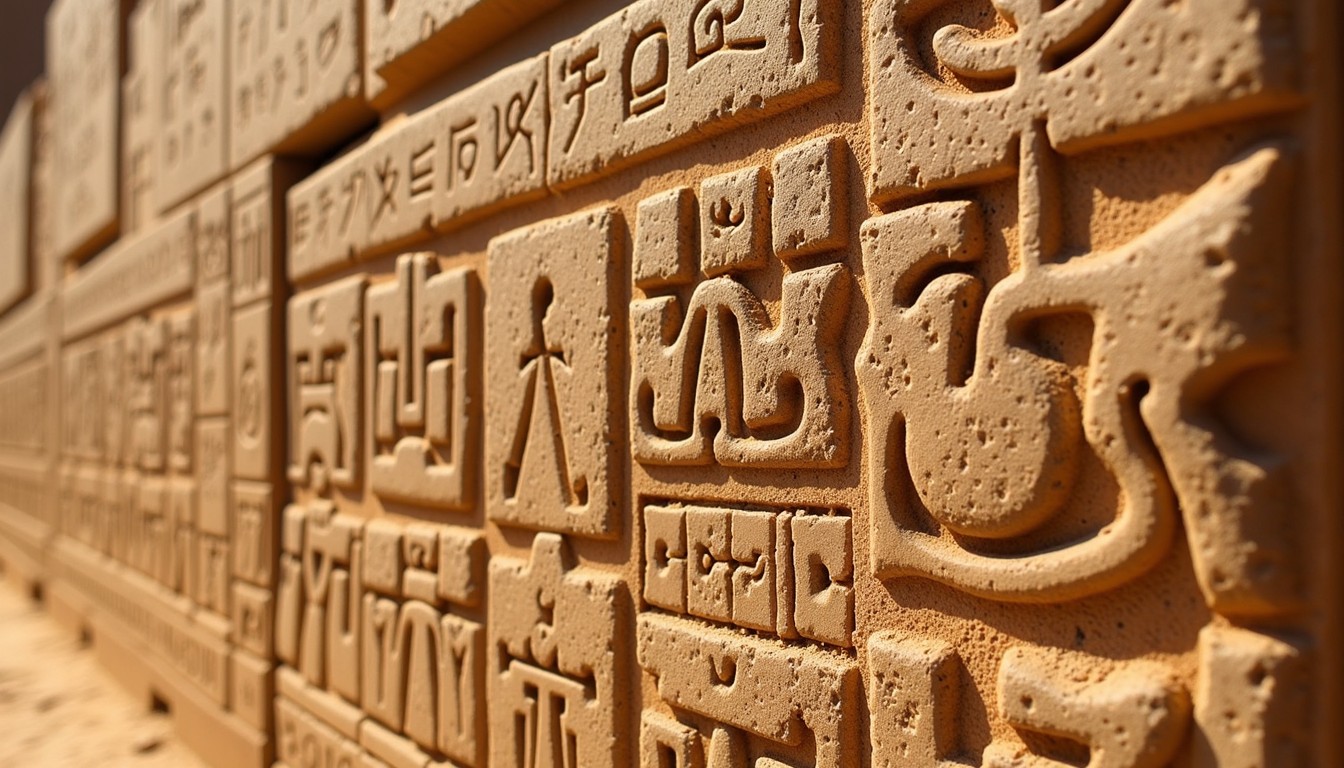
Decoding the Walls: A Beginner’s Guide to Common Hieroglyphs
Hieroglyphs, the fascinating written language of ancient Egypt, have captivated scholars, archaeologists, and history enthusiasts for centuries. These intricate symbols, carved into stone and painted on tomb walls, have been more than just a means of communication; they are windows into a civilization’s culture, beliefs, and daily life.
While interpreting these symbols might seem daunting to the uninitiated, with some knowledge and understanding, anyone can grasp the basics.
This guide explores the fundamentals of Egyptian hieroglyphs, from recognizing some of the most frequently used symbols in the ancient script to comprehending their structure.
Also, in this article, know if a Trip to Luxor Worth It?
Understanding the Basics of Hieroglyphs
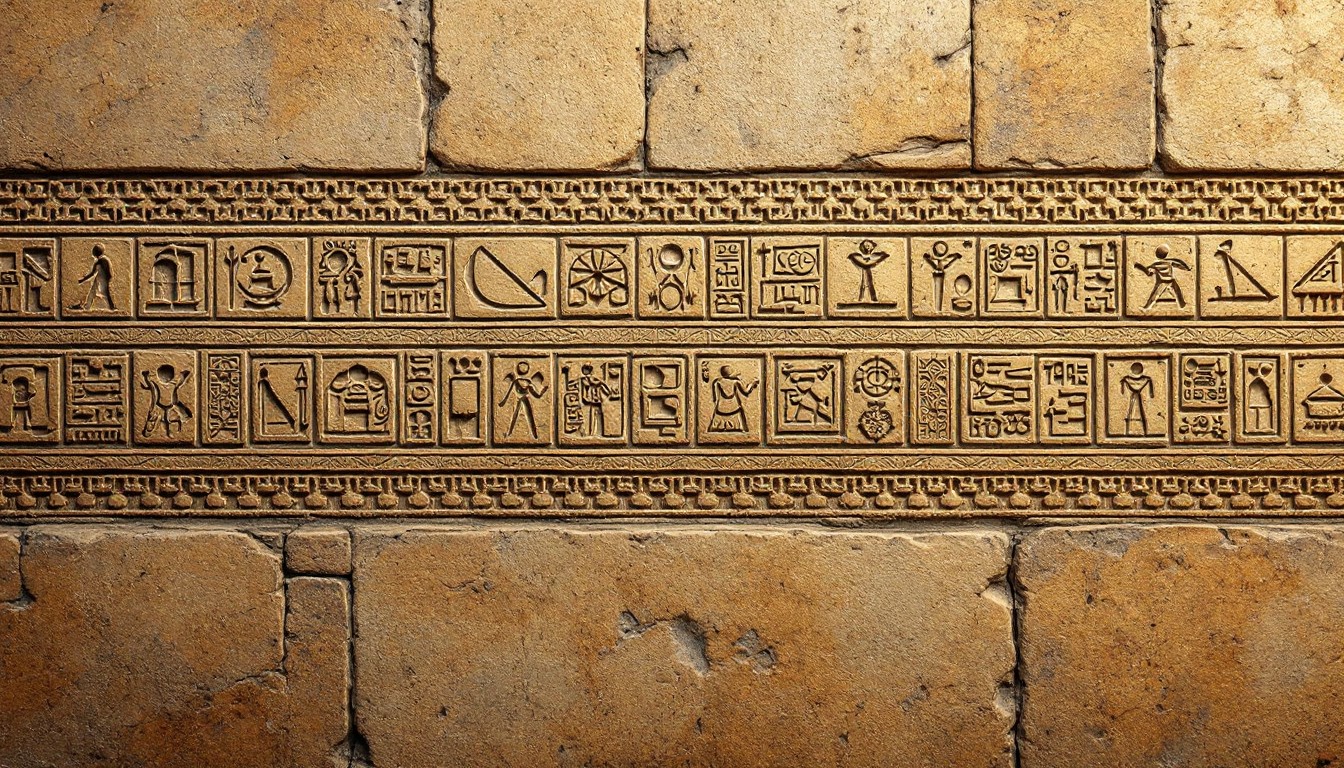
Egyptian hieroglyphs are a highly organized system of writing that combines logograms (symbols that represent words), phonograms (symbols representing sounds), and determinatives (symbols used to clarify meaning). The writing system had over 700 unique hieroglyphs, each serving a specific function. While this number may seem intimidating at first glance, most texts, particularly religious or monumental inscriptions, often relied on a much smaller subset of these symbols.
The Structure of Egyptian Hieroglyphs
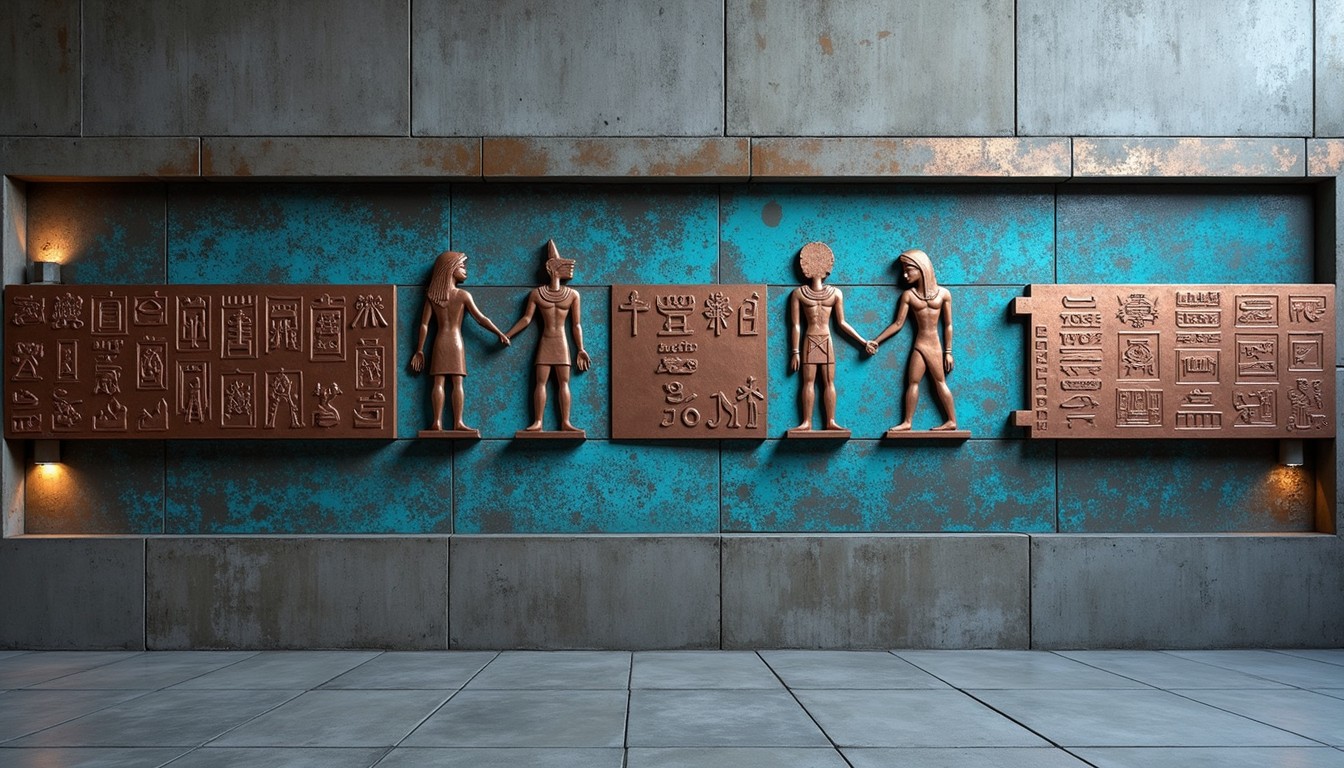
At its core, the Egyptian hieroglyphic system can be broken down into 3 primary categories:
- Logograms: These symbols represent entire words or concepts. For instance, a picture of a bird might represent the word “bird,” or the symbol for the sun could stand for the word “sun.”
- Phonograms: These symbols represent sounds rather than entire words. Phonograms are used much like letters in the English alphabet. For example, a symbol representing a reed might stand for the sound “i,” while a symbol for a water ripple could represent the sound “n.”
- Determinatives: These symbols help explain a word’s meaning. For example, a picture of a man can follow a word to show it refers to both the man and what the symbol represents.
The hieroglyphs were typically written in rows or columns, and the direction in which they were read depended on the faces of the figures. If the figures face left, the text would be read from left to right; if they face right, the text would be read from right to left.
The Most Common Hieroglyphs
Though Egyptian hieroglyphs can seem overwhelming at first, many of them are relatively simple and easy to learn. By mastering the most common symbols, you can start to decode inscriptions and gain insight into the ancient Egyptian world. Below are some of the most frequently encountered hieroglyphs:
The Ankh (☥): The Key of Life
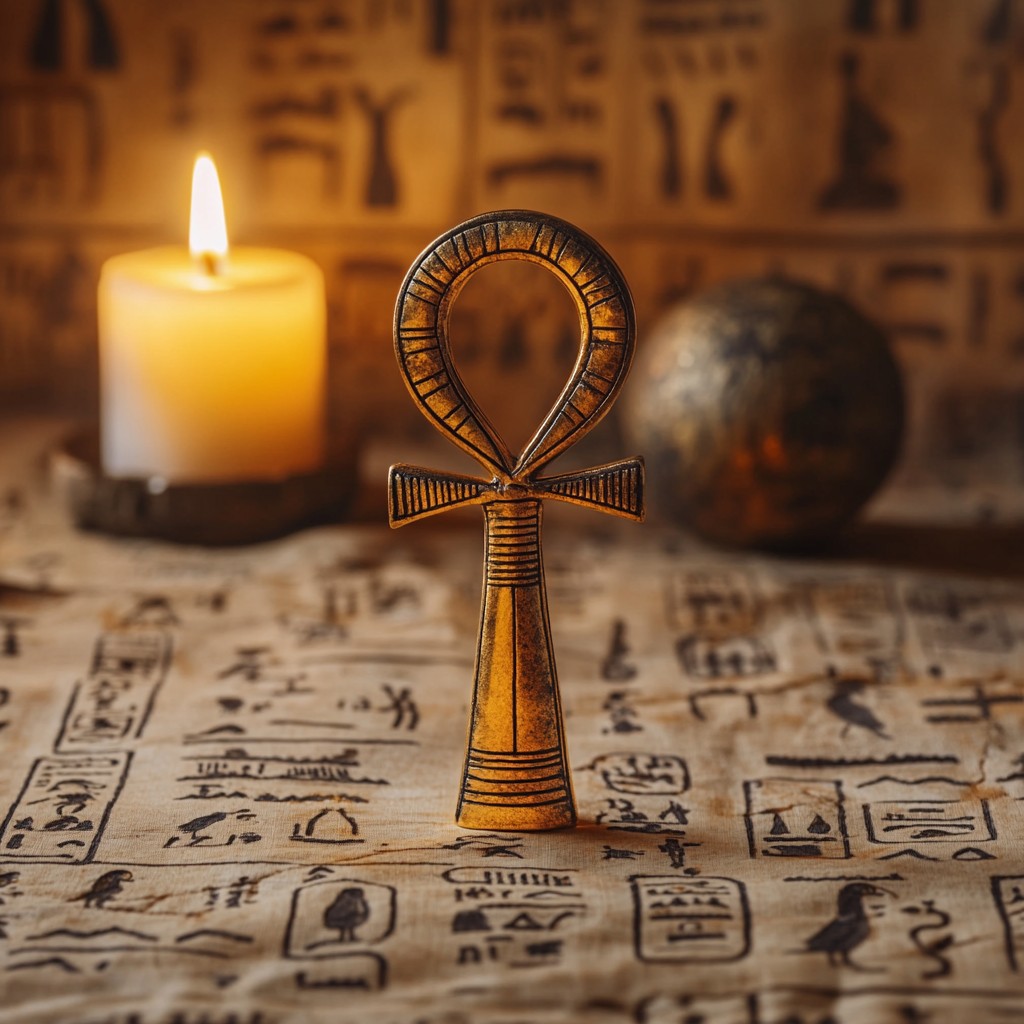
One of the most iconic symbols in Egyptian culture, the ankh represents life, immortality, and vitality. It is often seen in depictions of gods, pharaohs, and other important figures. The symbol itself is a cross with a loop at the top, and it was commonly used in religious texts and art to signify eternal life.
The Eye of Horus (): Protection and Royalty
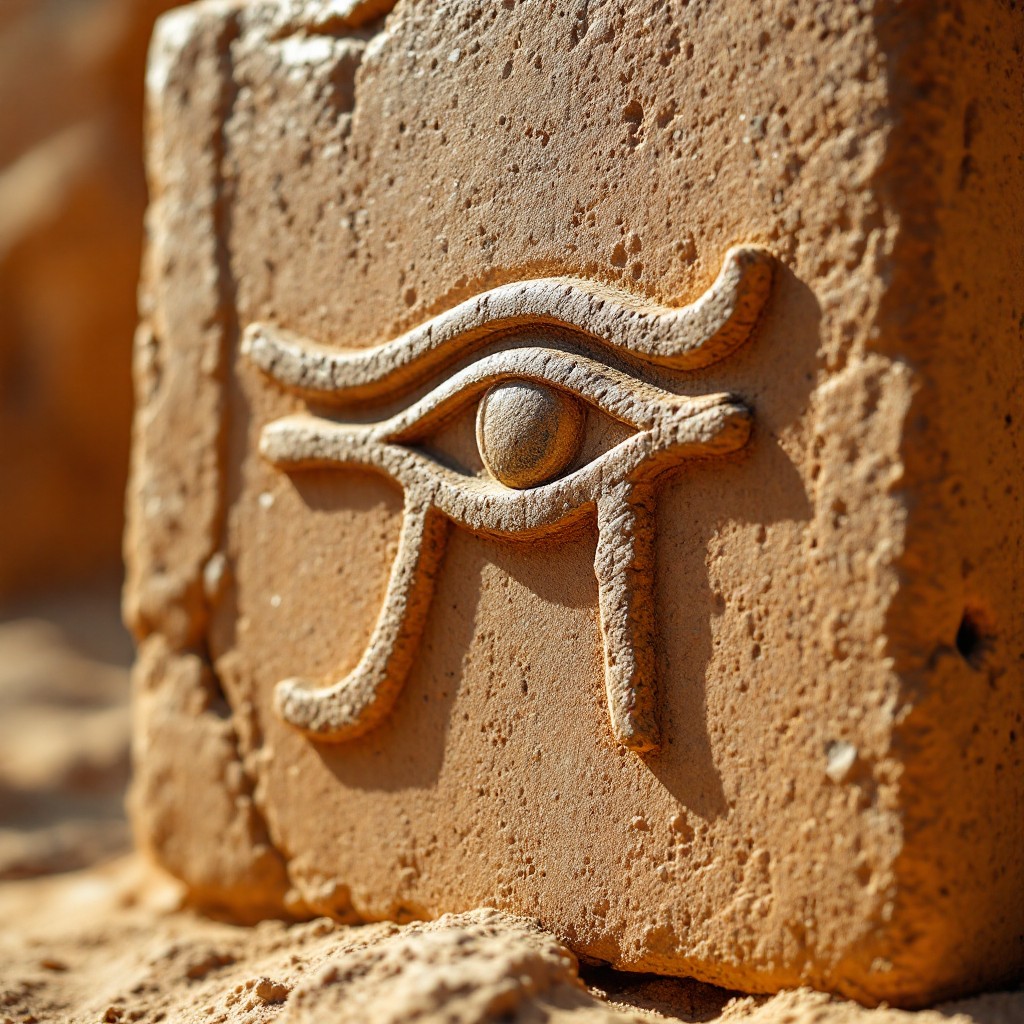
The Eye of Horus is another widely recognized symbol in Egyptian hieroglyphs. Representing the right eye of the god Horus, it symbolizes protection, healing, and royal power. This symbol is often found in amulets, tombs, and religious texts, signifying the king’s divine right to rule and the protection granted by the gods.
The Scarab Beetle (): Rebirth and Renewal
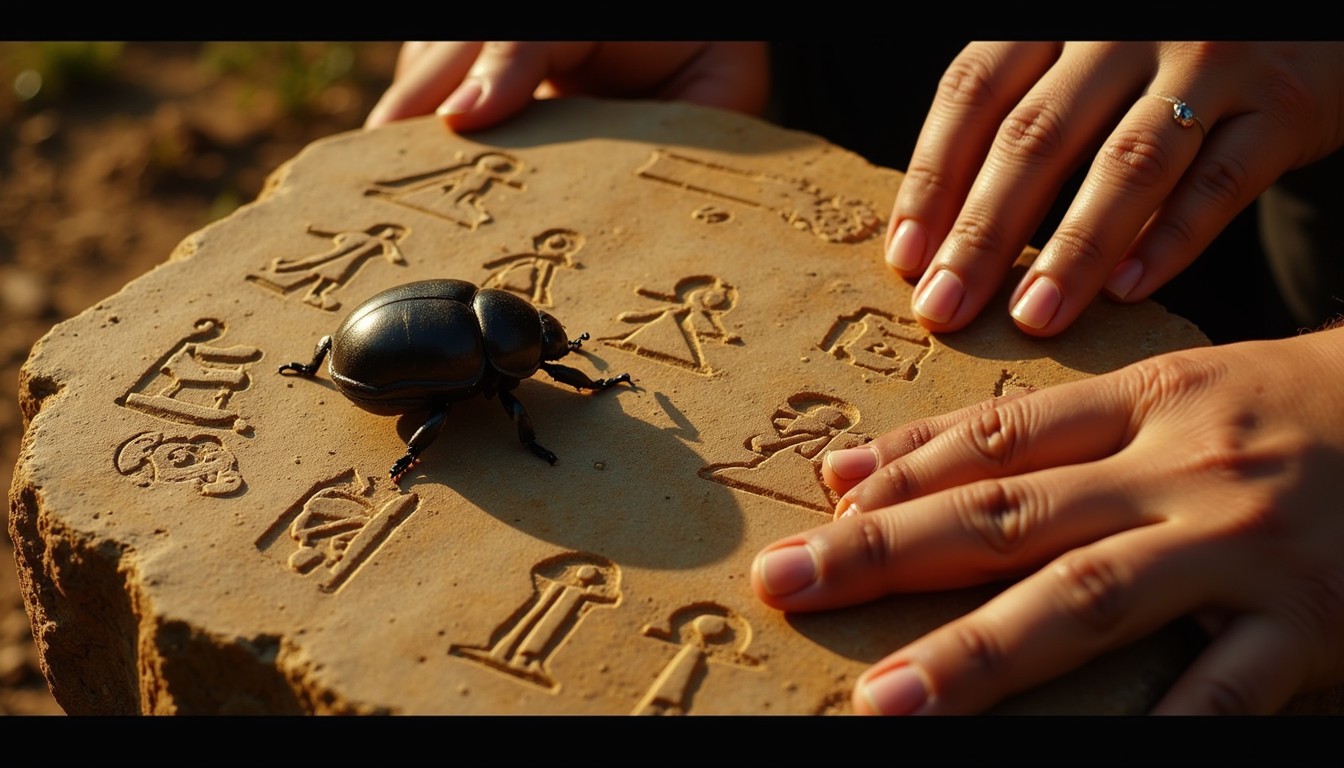
The scarab beetle is symbolic of rebirth, transformation, and renewal. In Egyptian mythology, the scarab beetle (or dung beetle) was associated with the sun god Ra, who was said to roll the sun across the sky much like the beetle rolls a ball of dung. Scarab amulets were commonly used as symbols of protection and good fortune.
The Scepter (): Power and Authority
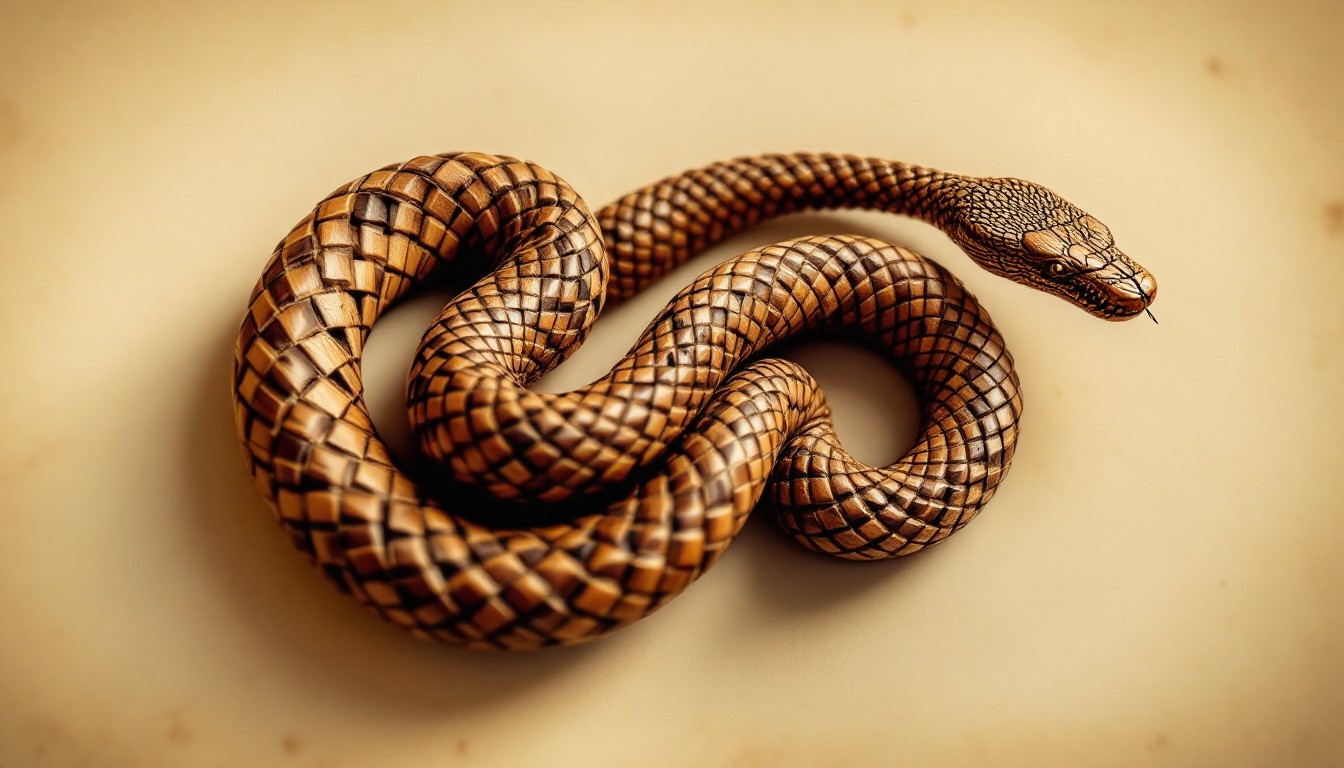
In many inscriptions, you’ll see the scepter, a symbol of power and authority. The scepter is often held by gods or pharaohs in depictions of royal scenes, signifying their dominion over the land and their divine right to rule. It was one of the primary symbols of kingship.
The Djed Pillar (): Stability and Endurance
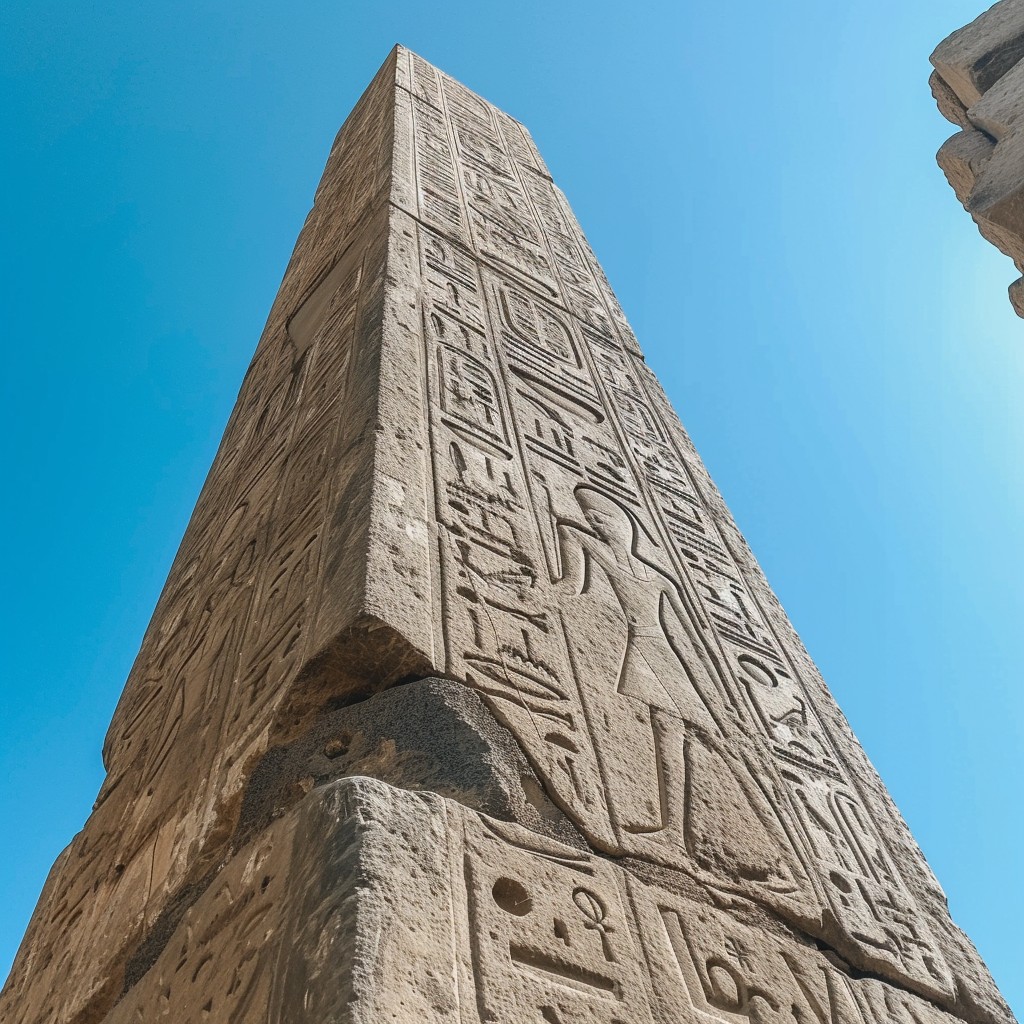
The djed pillar, often referred to as the “pillar of Osiris,” represents stability and endurance. This symbol is linked to the god Osiris, who is associated with death, resurrection, and the afterlife. The djed pillar is often used in funerary contexts and is a symbol of eternal stability.
Write Your Name in Hieroglyphs
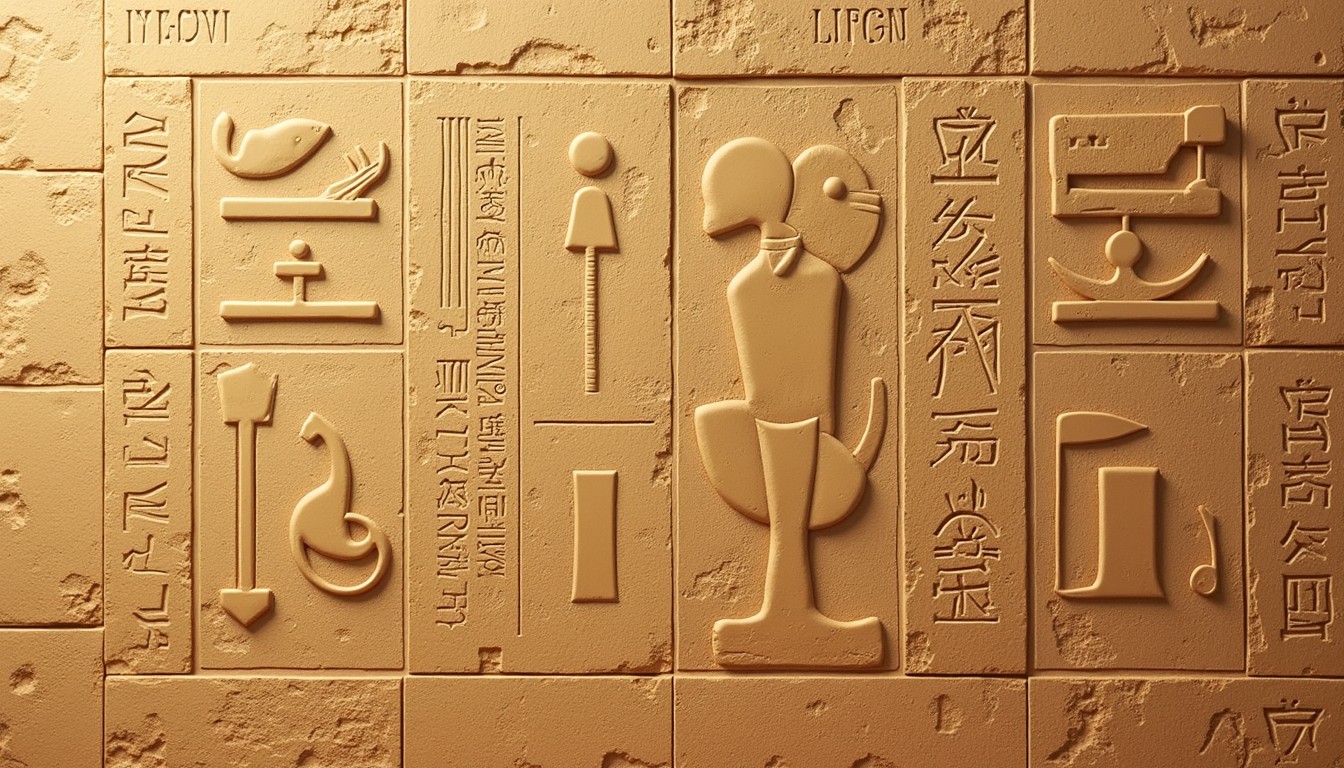
Understanding the meanings of individual symbols is just the beginning. To truly read and interpret Egyptian hieroglyphs, one must grasp how these symbols work together to form words and sentences—a complex system governed by grammar and syntax, much like any modern language.
The breakthrough that made this possible was the Rosetta Stone, discovered in 1799. This artifact proved crucial in unlocking the ancient script, as it contained the same text written in Greek, Demotic, and hieroglyphic script, enabling scholars, most notably Jean-François Champollion, to match known Greek phrases with their hieroglyphic equivalents. This marked the turning point in understanding how the script functioned phonetically and grammatically.
Use the table below to convert each letter of your name into its ancient Egyptian equivalent. Note that the Egyptians didn’t write vowels the way we do—most names are spelled using consonants only.
| Letter | Hieroglyph Description | Transliteration |
| A | Vulture | (ꜣ) |
| B | Foot | (b) |
| C | Basket with handle (for “k”) | (k) |
| D | Hand | (d) |
| E | Reed leaf (used for “i”) | (i/y) |
| F | Horned viper | (f) |
| G | Jar stand | (g) |
| H | Twisted flax | (ḥ) |
| I | Reed leaf | (i/y) |
| J | Cobra (used as “dj”) | (ḏ) |
| K | Basket with handle | (k) |
| L | Lion | (l) |
| M | Owl | (m) |
| N | Water ripple | (n) |
| O | Lasso (used for “w”) | (w) |
| P | Stool | (p) |
| Q | Hill slope | (q) |
| R | Mouth | (r) |
| S | Folded cloth | (s) |
| T | Loaf of bread | (t) |
| U | Quail chick | (also “w”) |
| V | Horned viper (used like “f”) | (f) |
| W | Quail chick | (w) |
| X | Sieve or combination “ks” | (ḫ + s) |
| Y | Reed leaf | (i/y) |
| Z | Door bolt | (z/s) |
A Step-by-Step Approach
- Write your name in English. Use the table to find the hieroglyph for each letter (omit vowels if you want it to be more historically accurate).
- Spell your name using the corresponding hieroglyph descriptions or copy their Unicode equivalents.
- Draw or assemble your name using glyph images or clipart.
Example:
Nombre: Maria
Convertido: M = Búho, R = Boca, I = Junco, A = Buitre
Jeroglíficos:
Common Mistakes to Avoid
Writing your name in hieroglyphs is a fun and insightful exercise—but it’s easy to make a few beginner mistakes. Here’s what to watch out for:
1. Using Vowels the Same Way as in English
Ancient Egyptians didn’t use vowels the way modern languages do. Most names should be written using consonants only.
Example: The name Emily might be written as M-L-Y ( ), skipping the “E” and focusing on the consonant sounds.
Tip: Focus on the strong consonant sounds in your name and leave out or simplify vowels unless they’re necessary for pronunciation.
2. Choosing the Wrong Symbol for a Sound
Not every English letter has a direct one-to-one match in hieroglyphs. Some letters, like “C”, “J”, or “X”, require substitutions:
- C = K or S
- J = D or the sound “dj”
- X = K + S
Tip: Use the provided phonetic table to find the closest sound equivalents, not just visual matches.
3. Spelling with Meaning-Based Symbols Instead of Phonetics
Hieroglyphs can be phonetic (sound-based) or ideographic (meaning-based). When writing names, you should mostly use phonetic signs, not symbols that show meaning.
Mistake: Using the hieroglyph for “sun” because it represents the sun , not realizing it might not correspond to any part of the name phonetically.
Tip: Stick to the phonetic alphabet unless you’ve studied how determinatives or ideograms are used.
4. Ignoring Direction and Order
Even if your symbols are correct, they must be arranged in the proper direction. Hieroglyphs are usually written right to left or top to bottom, and the orientation affects how the name is read.
Tip: For simple name-writing, you can safely write left to right, but make sure all characters face in the same direction for visual consistency.
5. Forgetting the Cartouche for Royal or Formal Names
In ancient Egypt, royal names were enclosed in a cartouche—an oval shape that set them apart.
Tip: Add a cartouche around your name for stylistic flair or historical accuracy, especially if you’re using a pharaoh’s name or want it to look “official.”
Egyptians believed writing had divine power, capable of influencing the gods, which is reflected in the care with which inscriptions were crafted. Hieroglyphs were essential in invoking gods for protection and guidance in the afterlife, with texts like the Pyramid and Coffin Texts offering spells and instructions to ensure the deceased’s safe passage and eternal life.
Experience Egypt firsthand with Galaxia Group now!
Also, check our previous guide on the Grand Egyptian Museum and everything you need to know before visiting.